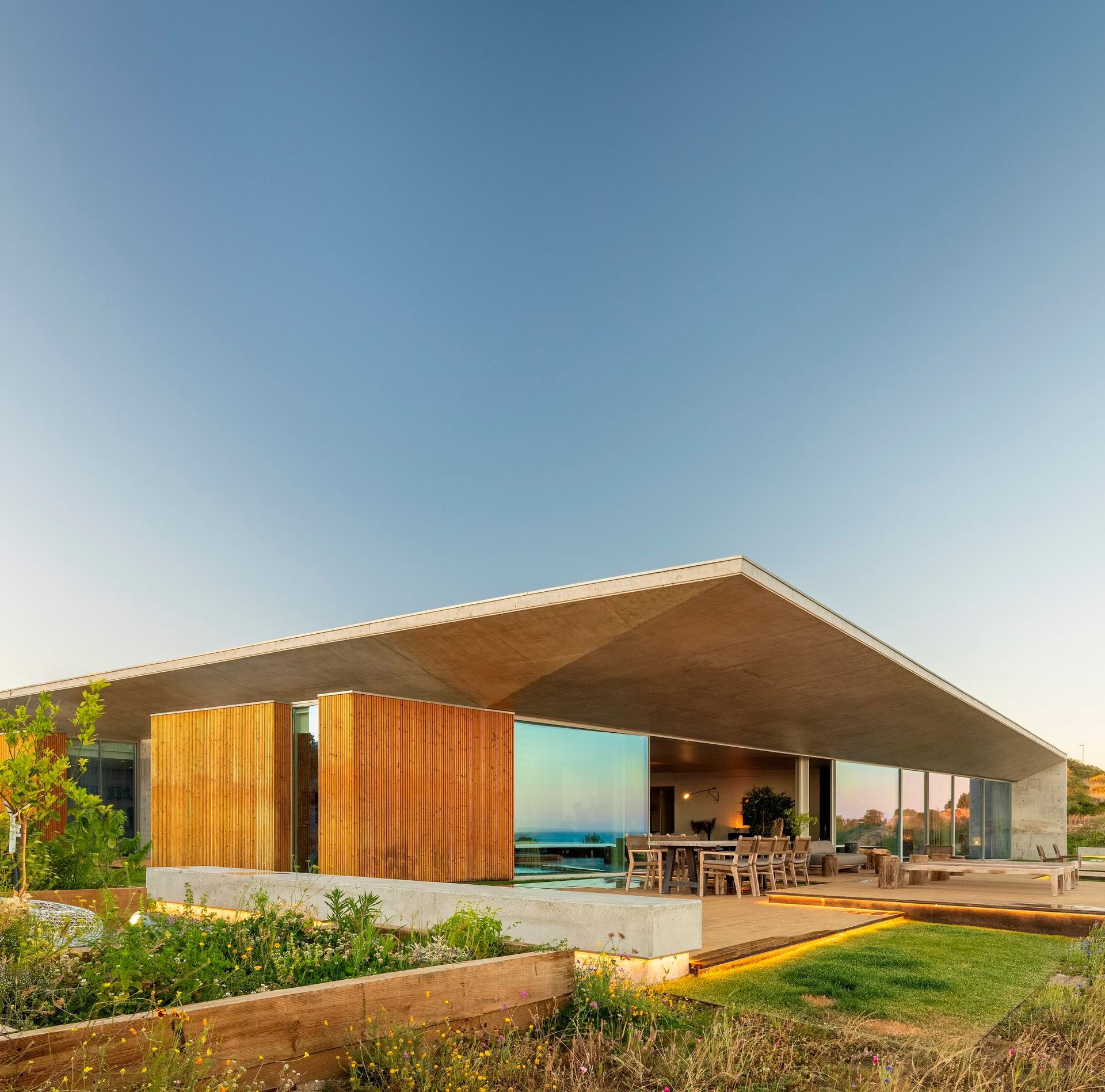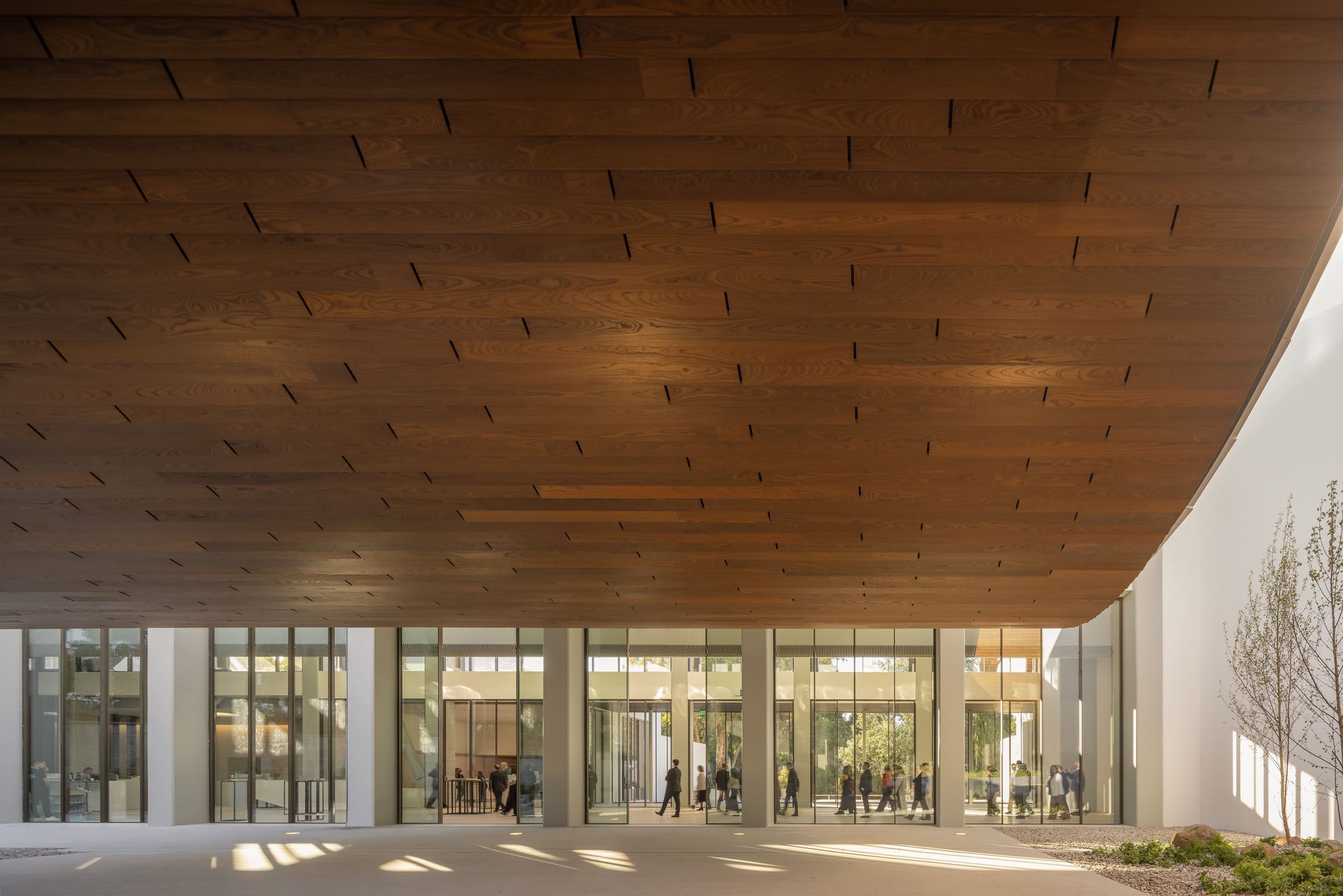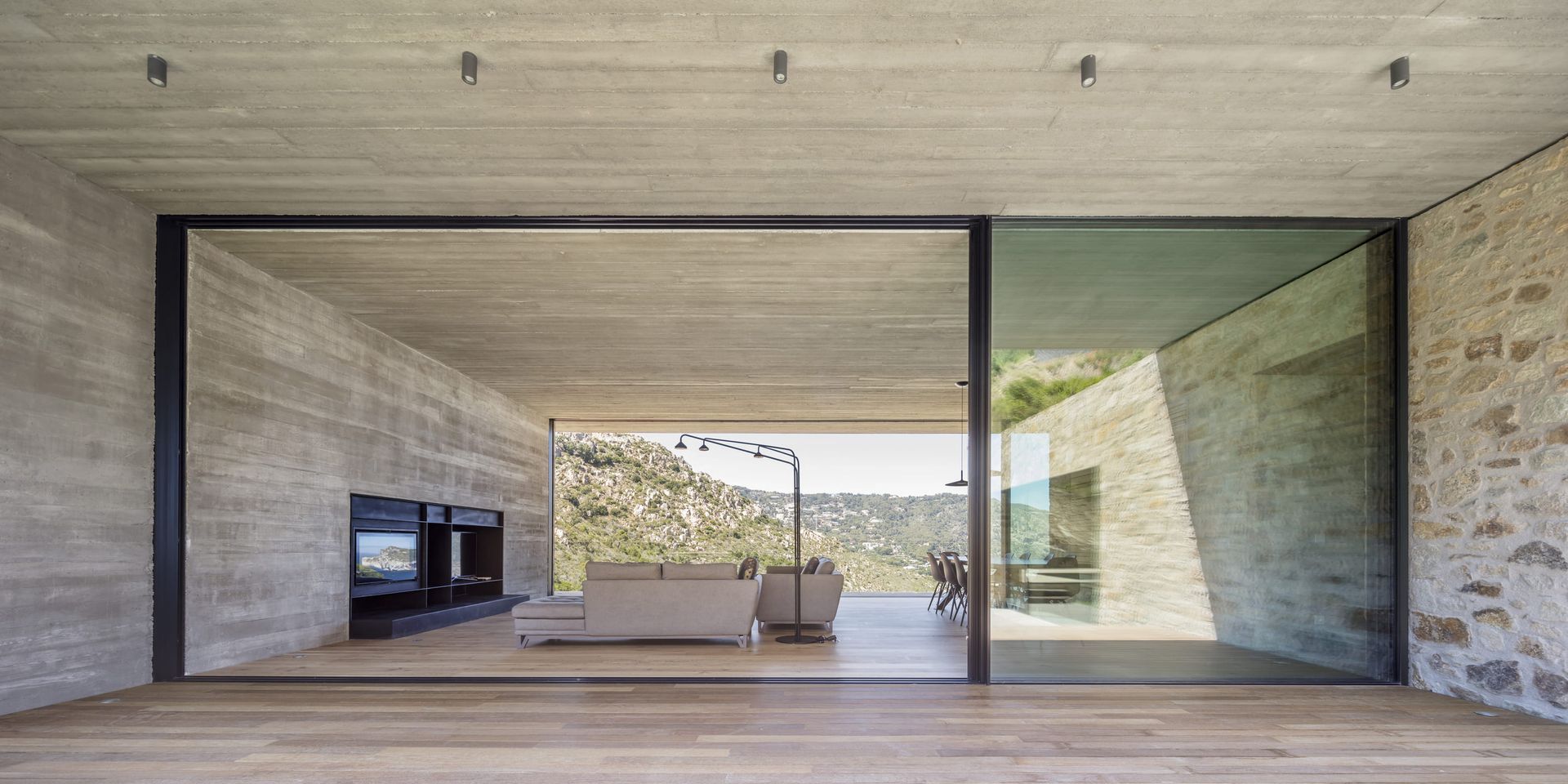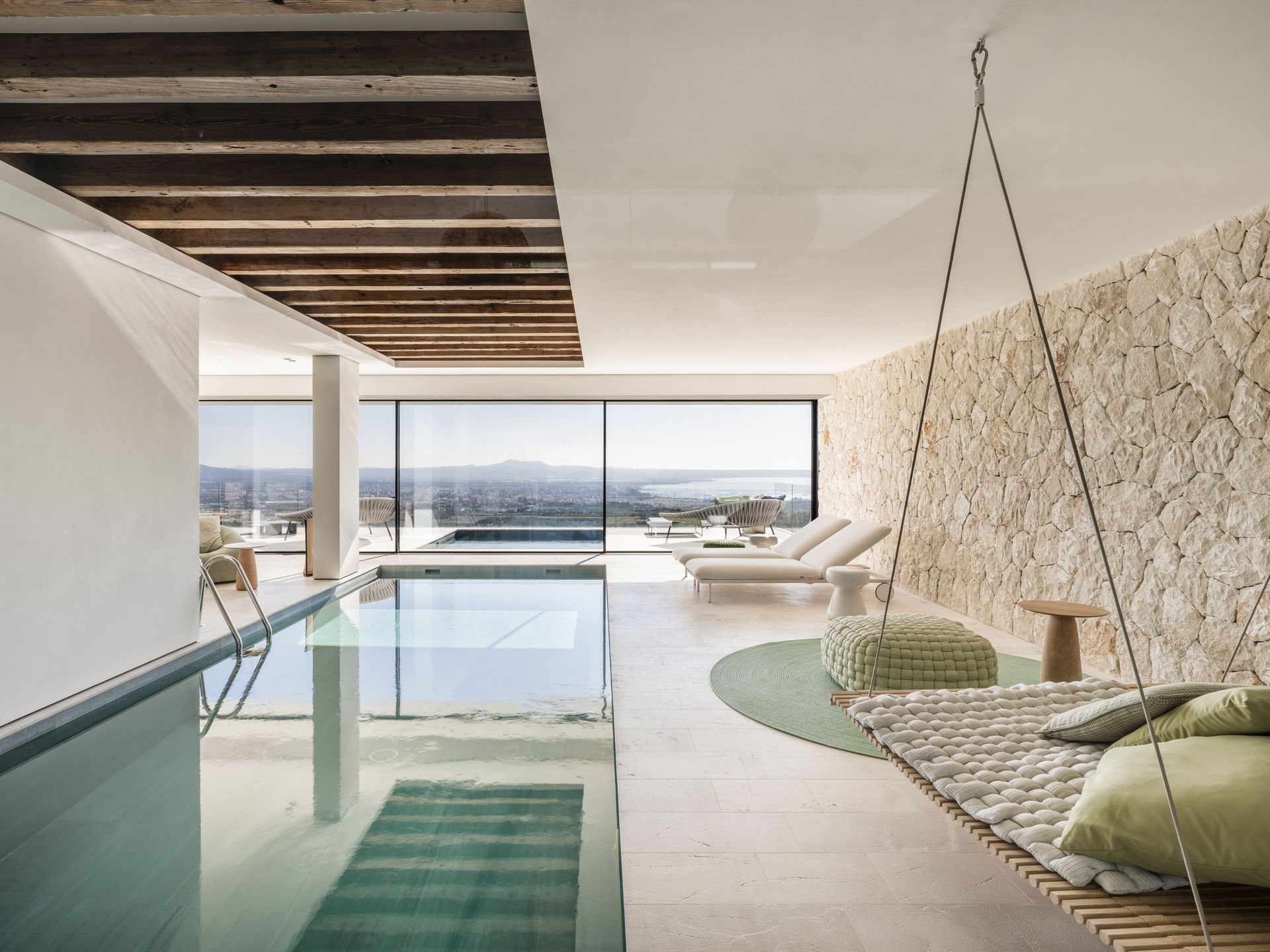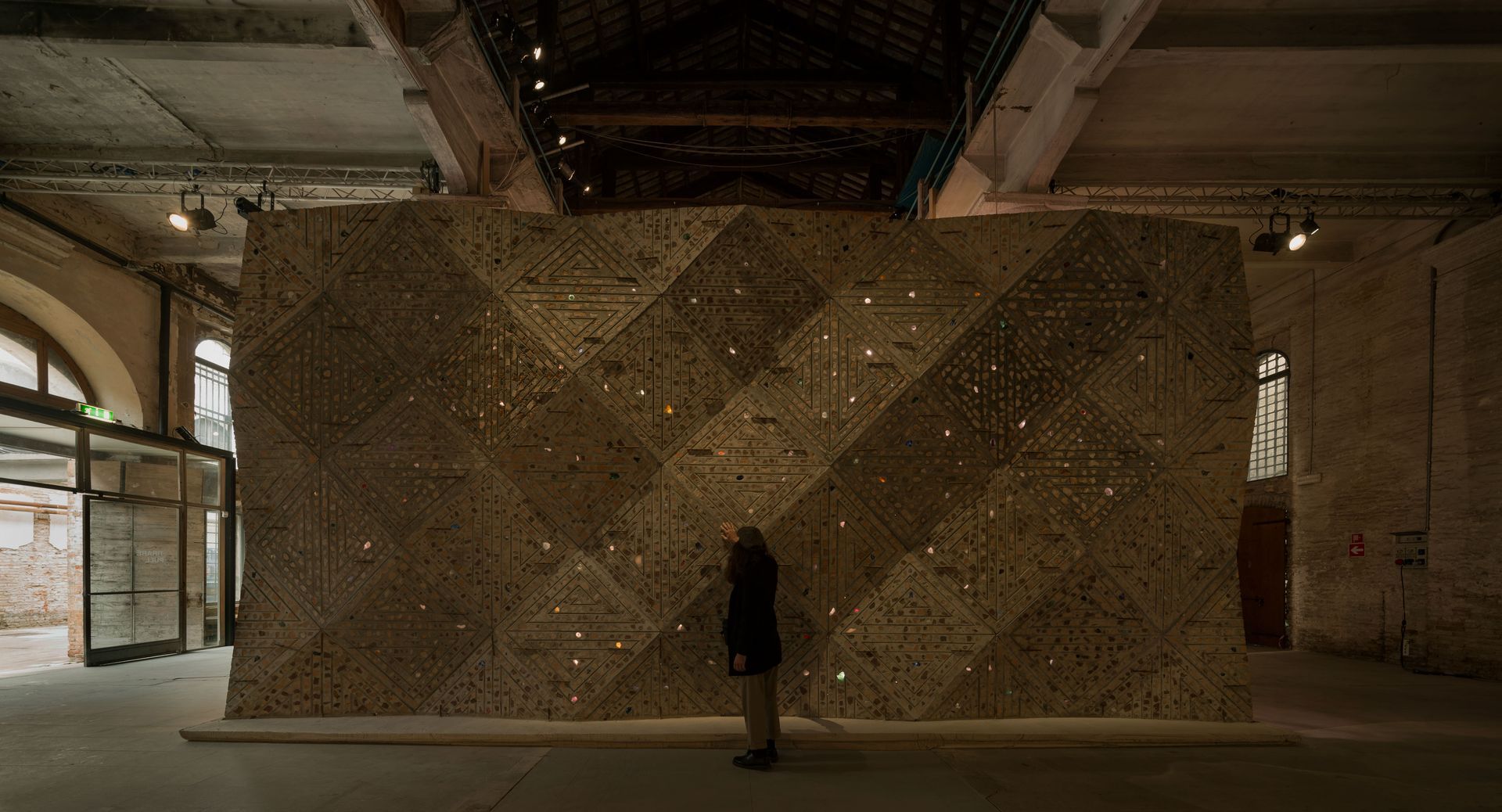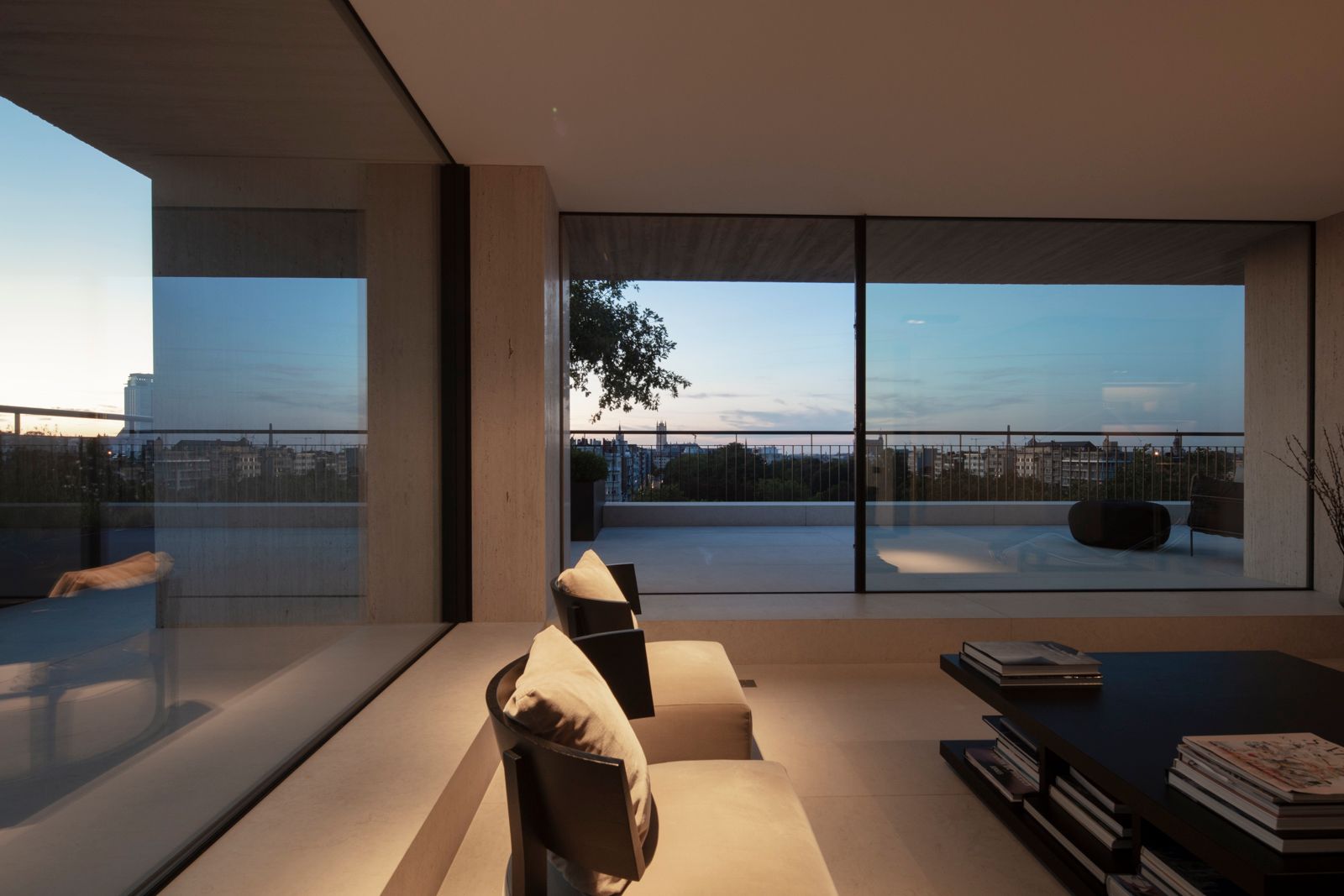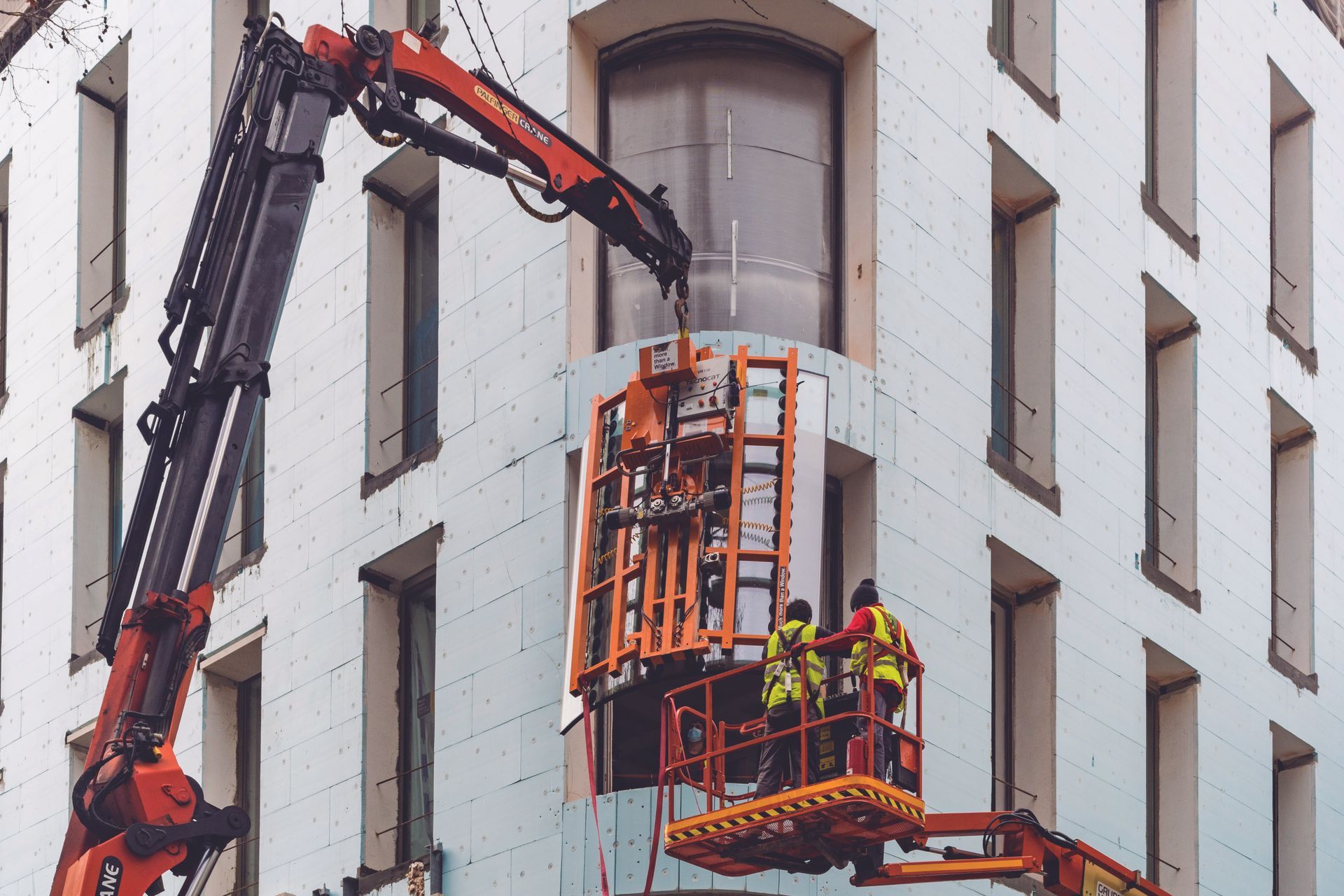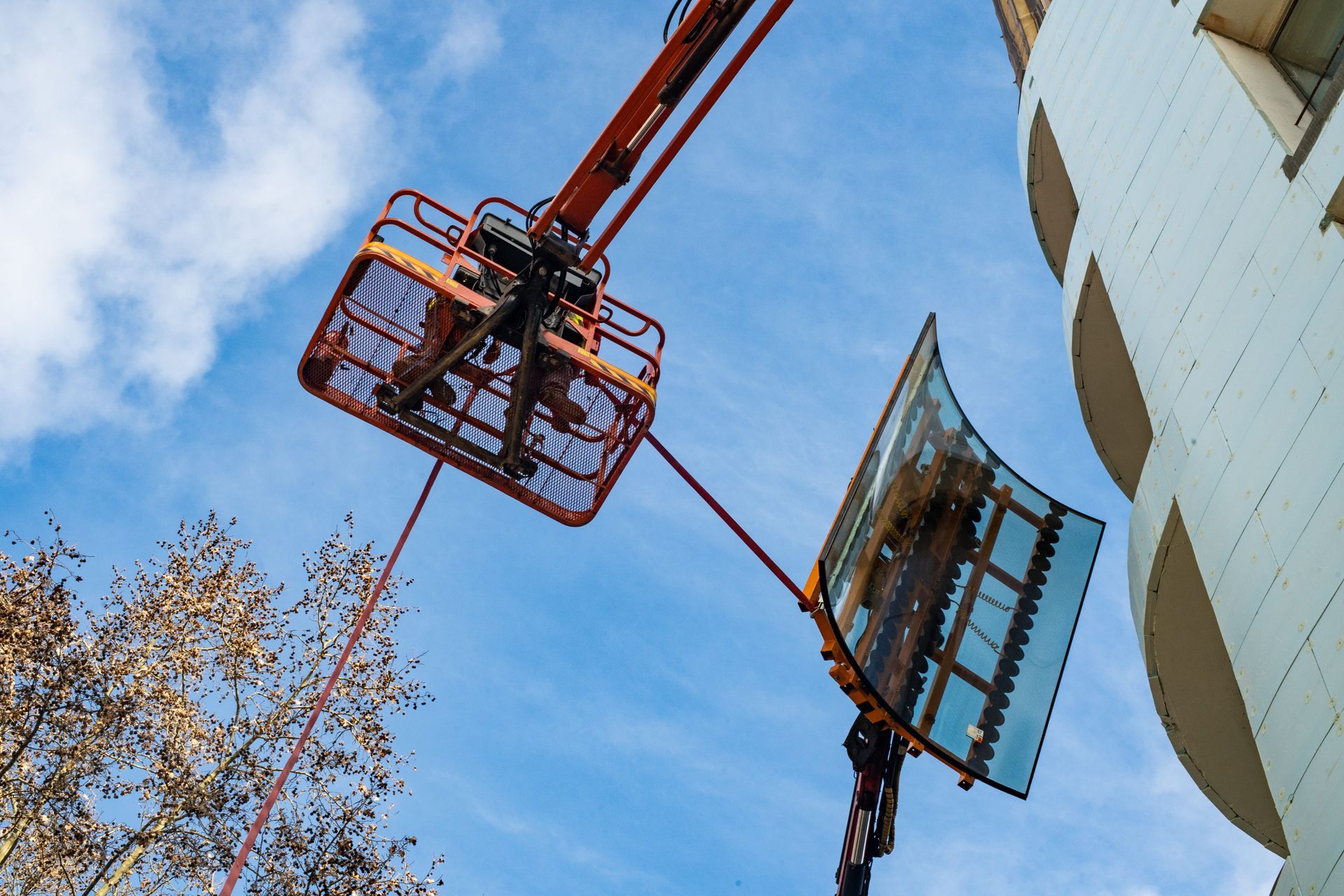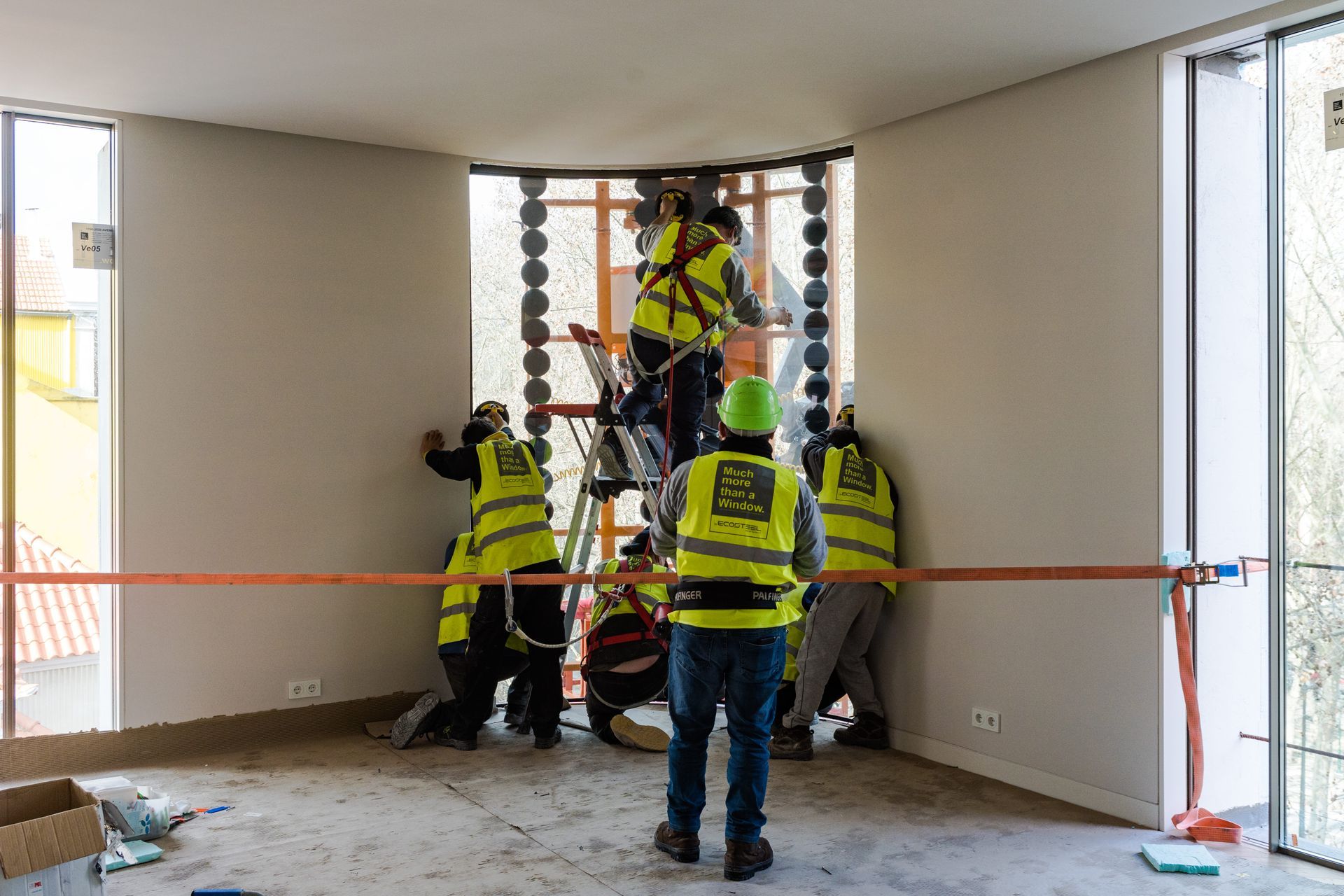5 Tips for a Successful Installation of Minimalist Windows
Minimalist windows are an essential element in modern architecture, combining sleek aesthetics with functionality. However, installing them requires careful planning and execution to ensure they perform well and look flawless. Here are five practical tips to help ensure a successful minimalist window installation:
1. Accurate Measurements are Key
Minimalist designs leave little room for error. Before installing the windows, double-check all measurements to ensure precision. Any inaccuracies could lead to gaps or misalignments, which can be difficult to correct with minimalist frames. It's best to measure multiple times and use high-quality measuring tools to get the exact dimensions.
See also-
Crafting Your Dream Home: A Guide to Choosing Windows and Doors with OTIIMA
Liberdade Building 49: A behind the scenes of this rehabilitation project
2. Consider Structural Support
Minimalist windows, particularly larger ones, may require additional structural support due to their size and weight. Collaborate with structural engineers to ensure the building can support the installation without compromising safety or design. Reinforced frames or load-bearing walls might be necessary, depending on the window size and location.
3. Choose High-Quality Materials
The materials used in minimalist windows should be durable and energy-efficient. Glass with excellent thermal insulation properties and weather-resistant frames will not only enhance the building's aesthetic but also provide long-term performance. Consider materials like aluminum or fiberglass, which combine strength with a slim profile.
4. Ensure Proper Sealing
A minimalist window design often emphasizes large glass surfaces and narrow frames, making proper sealing critical. Poor sealing can lead to air or water leaks, affecting both comfort and energy efficiency. Use high-quality seals and verify that all joints are properly aligned to prevent future issues.
5. Work with Experienced Installers
Installing minimalist windows requires specific expertise. Choose professional installers with experience in handling sleek, modern designs. They will understand the nuances of fitting minimalist frames without damaging their delicate edges or compromising their visual appeal.
Liberdade Building 49: A behind the scenes of this rehabilitation project
Installing minimalist windows can elevate the design of any project, but it demands precision and attention to detail. By focusing on accurate measurements, structural support, quality materials, proper sealing, and skilled installation, you can achieve a flawless result that enhances both form and function.
This simple yet effective approach ensures that your minimalist windows not only look beautiful but also perform well over time.
Join our email list to feed your design curiosity, find solutions and stay inspired!


